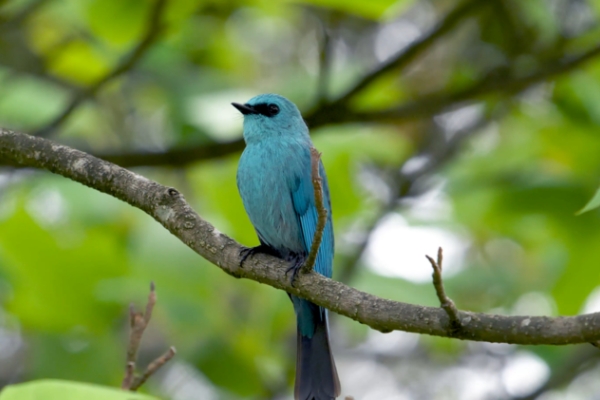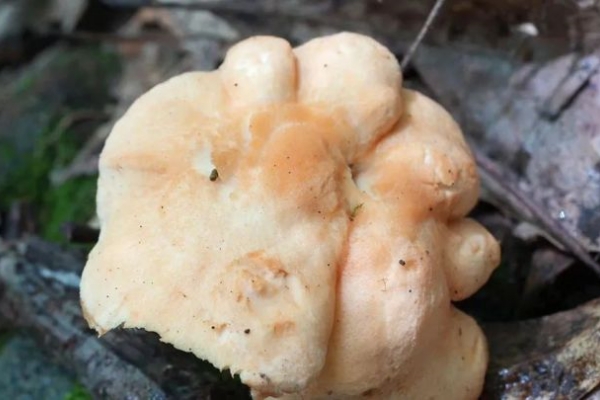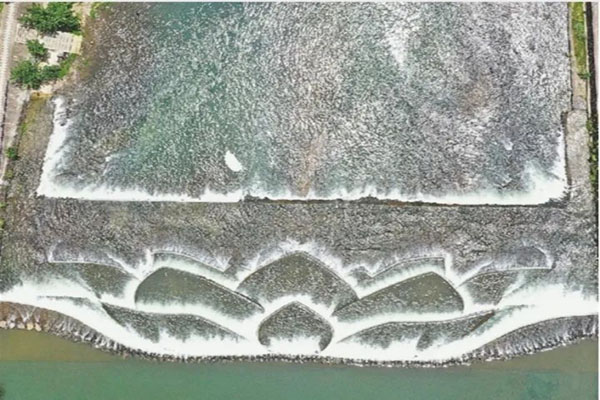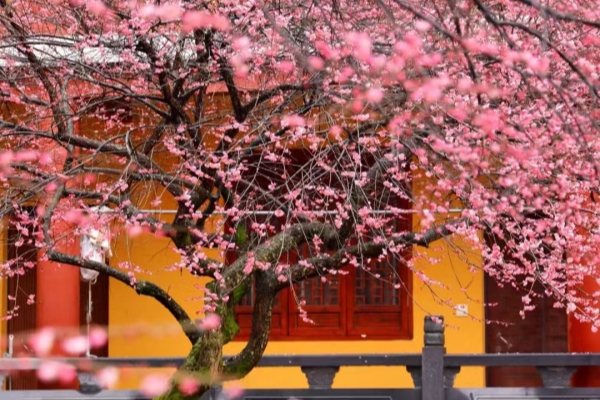Farmland for rice-fish co-cultivation expands in Qingtian
The farmland for rice-fish co-cultivation in Qingtian county of Lishui, East China's Zhejiang province has increased by 8,400 mu (560 hectares) since it was listed as an agricultural heritage by the Food and Agriculture Organization of the United Nations (FAO) in 2005.
Rice-fish cultivation is an ancient method to keep fish in rice fields and form an ecological symbiosis in which fish provide fertilizer for the rice, regulate micro-climatic conditions, soften the soil, disturb the water, as well as eat larvae and weeds in the flooded fields, while the rice provides shade and food for the fish.
It was once abandoned by local farmers due to lower efficiency and profits compared to large-scale farming. However, the FAO considers it as a good example of resources that are well explored and utilized without causing any harm to the environment.
After receiving recognition from the UN, the Qingtian government spared great efforts to protect and promote the time-honored rice-fish cultivation method. Over the past 15 years, plans of action have been rolled out and tens of millions of yuan have been invested in the project.
The local government is trying to integrate agriculture, culture, ecology, and tourism through the promotion of rice-fish cultivation.
Today, there are four agricultural parks featuring rice-fish co-cultivation in Qingtian, generating about 500 million yuan ($76.26 million) in output value per year.

 Lishui establishes intelligent biodiversity monitoring system
Lishui establishes intelligent biodiversity monitoring system New fungus species discovered in Qingyuan
New fungus species discovered in Qingyuan Lishui transforms weirs to aid fish migration
Lishui transforms weirs to aid fish migration